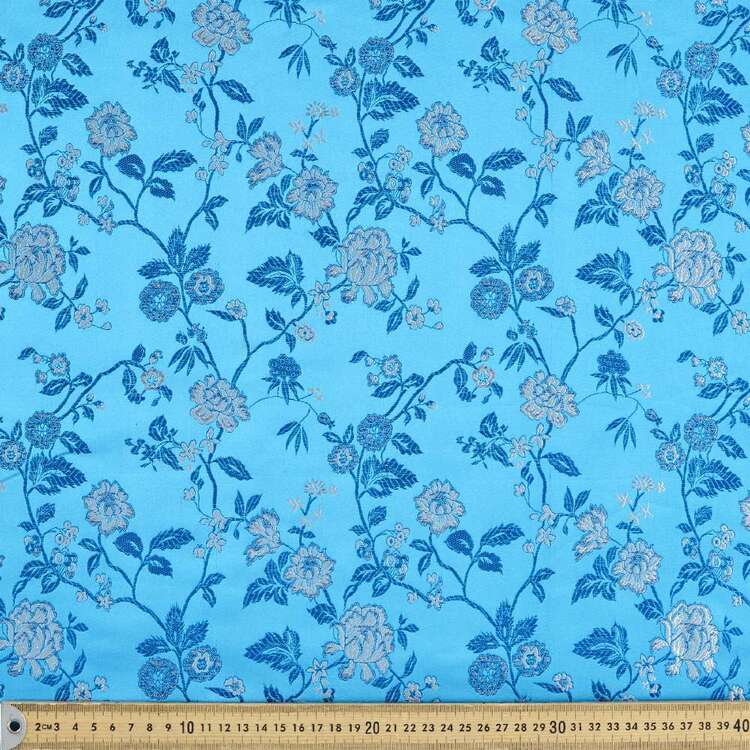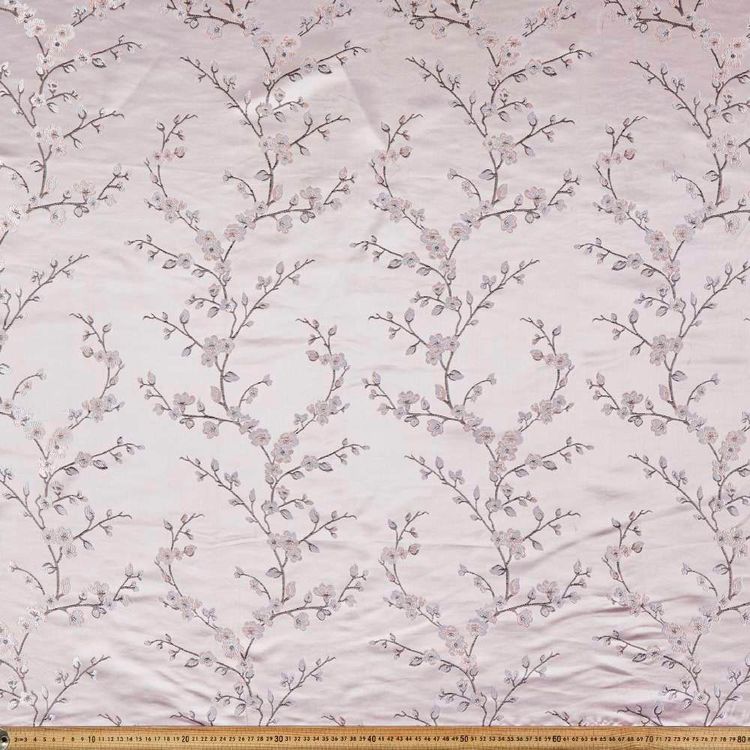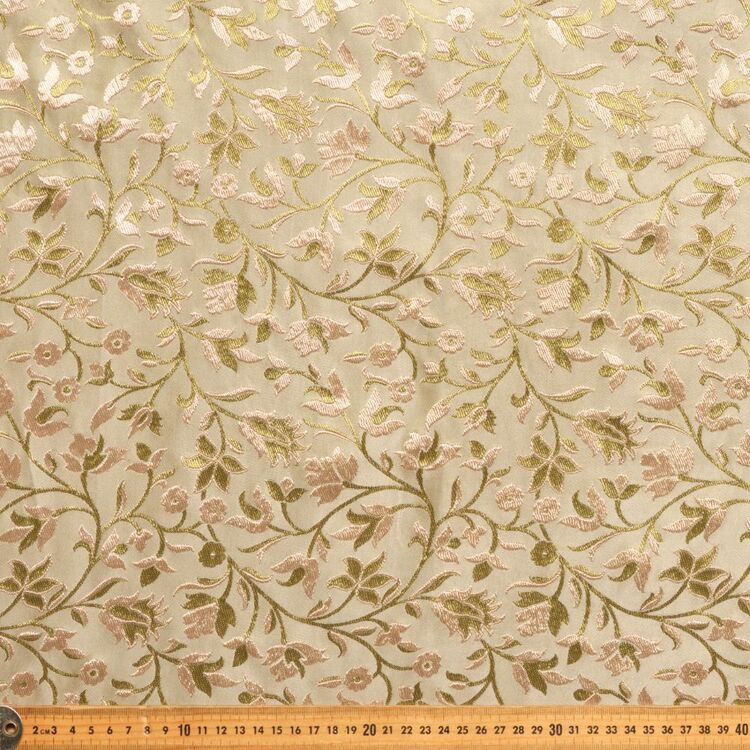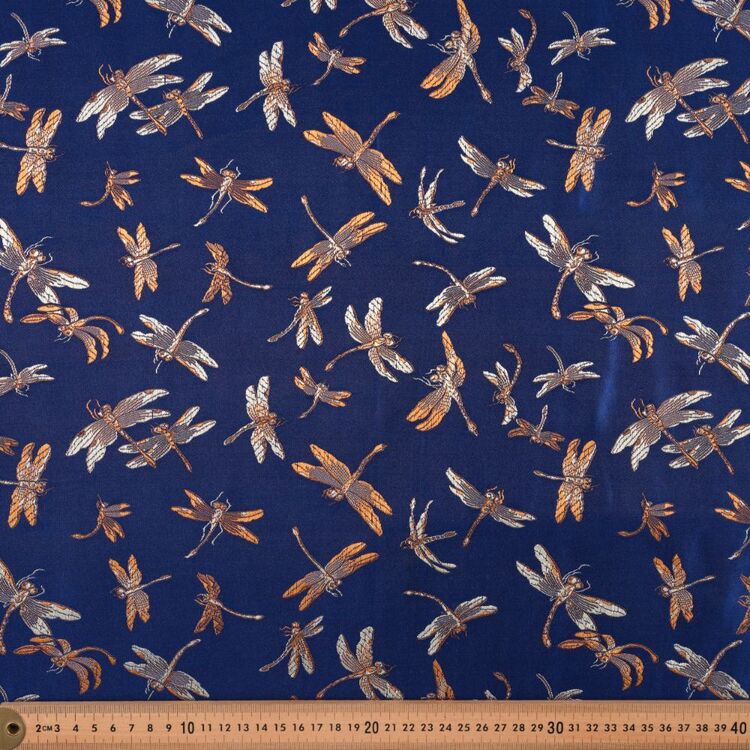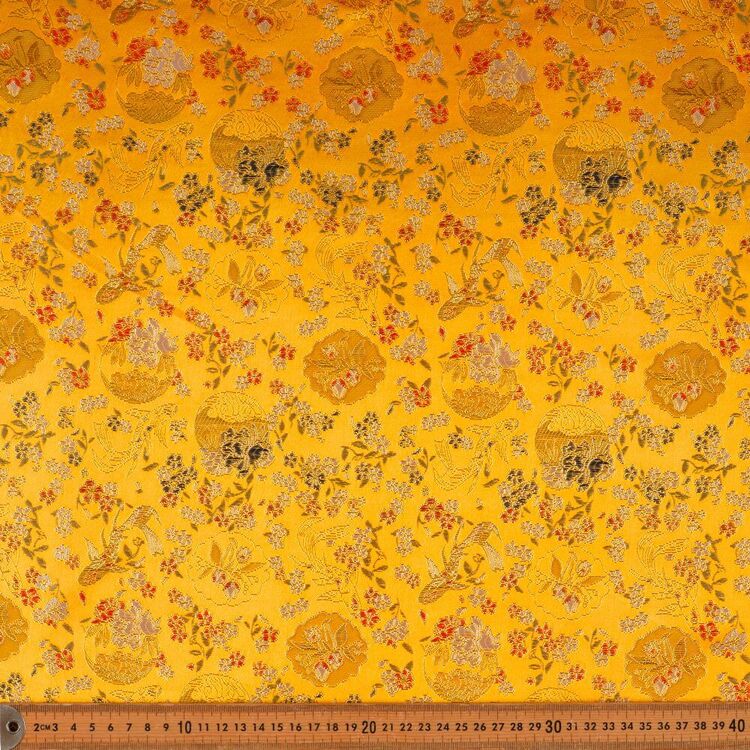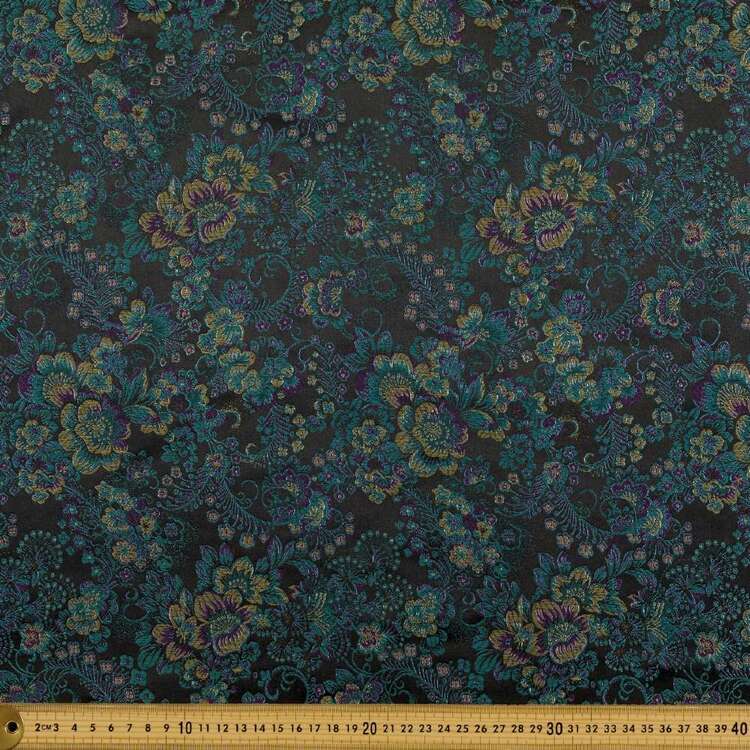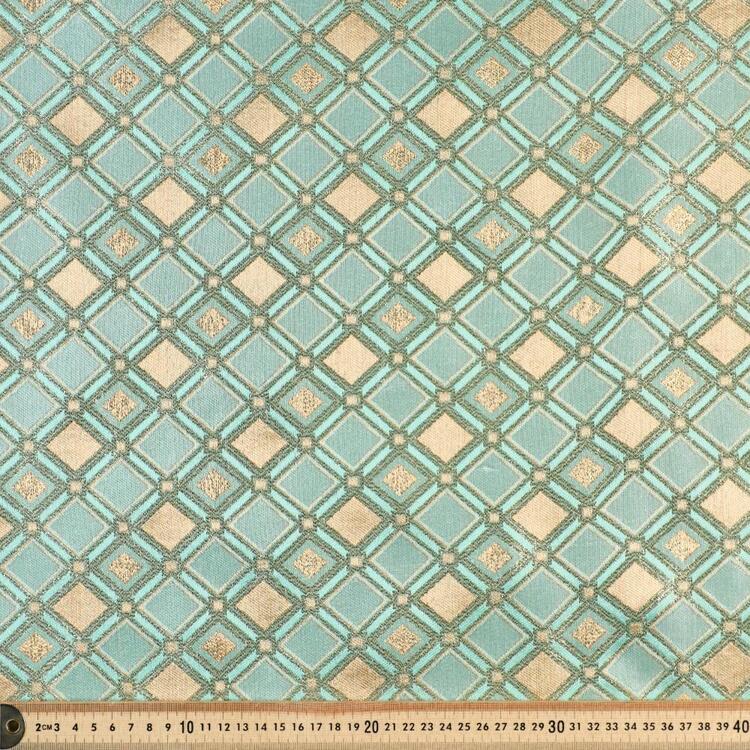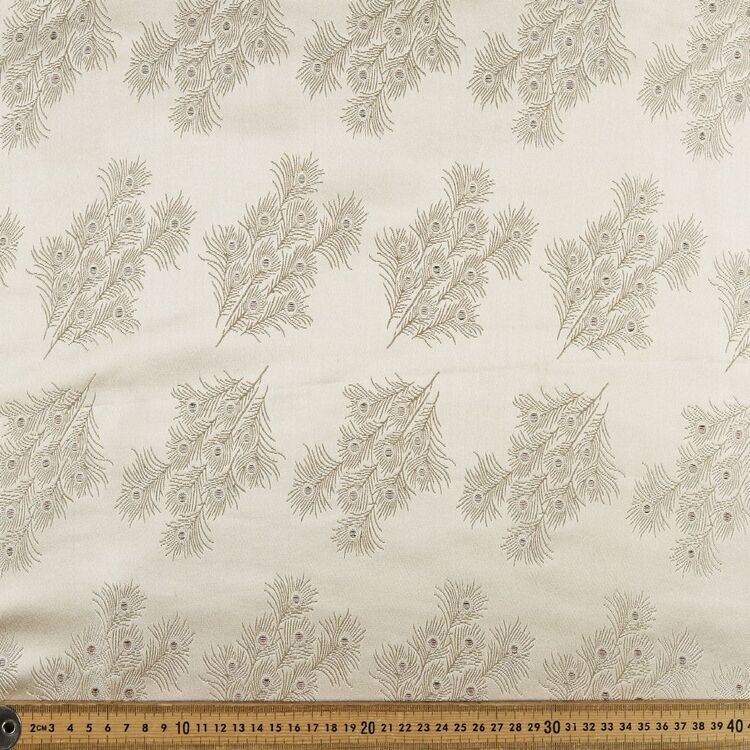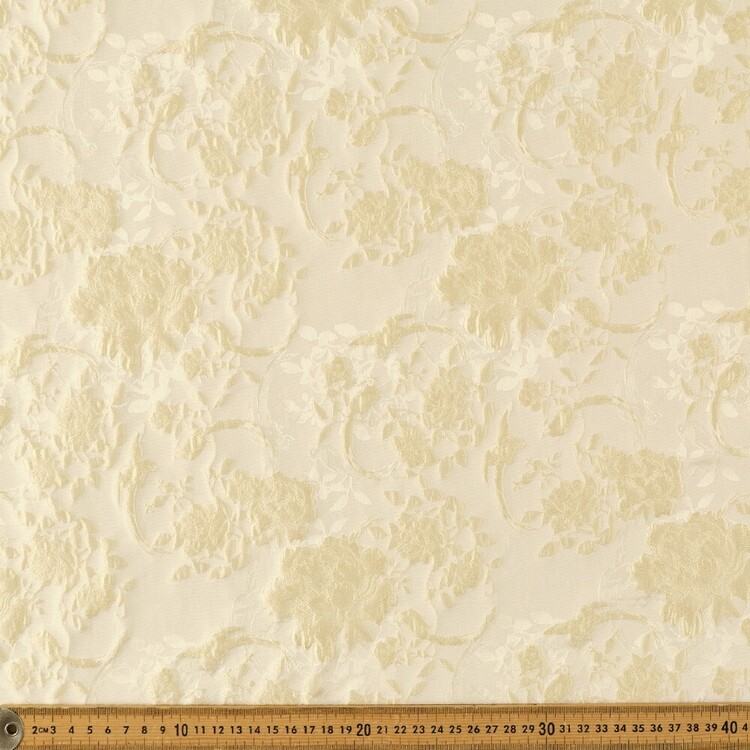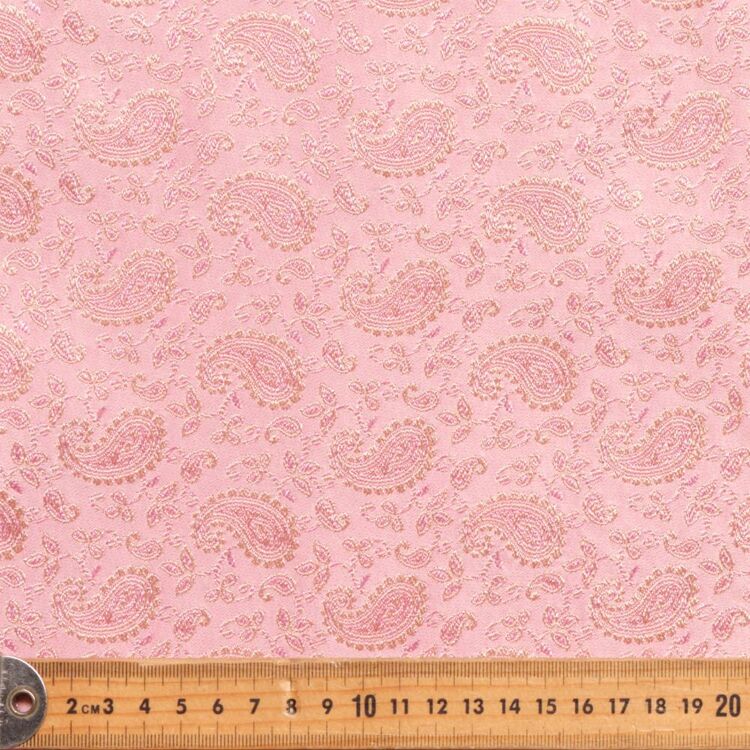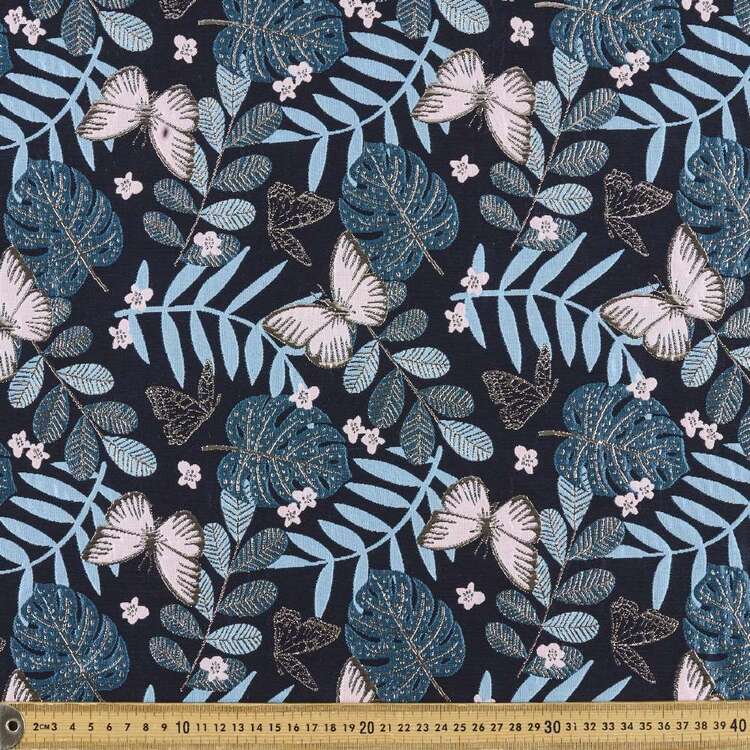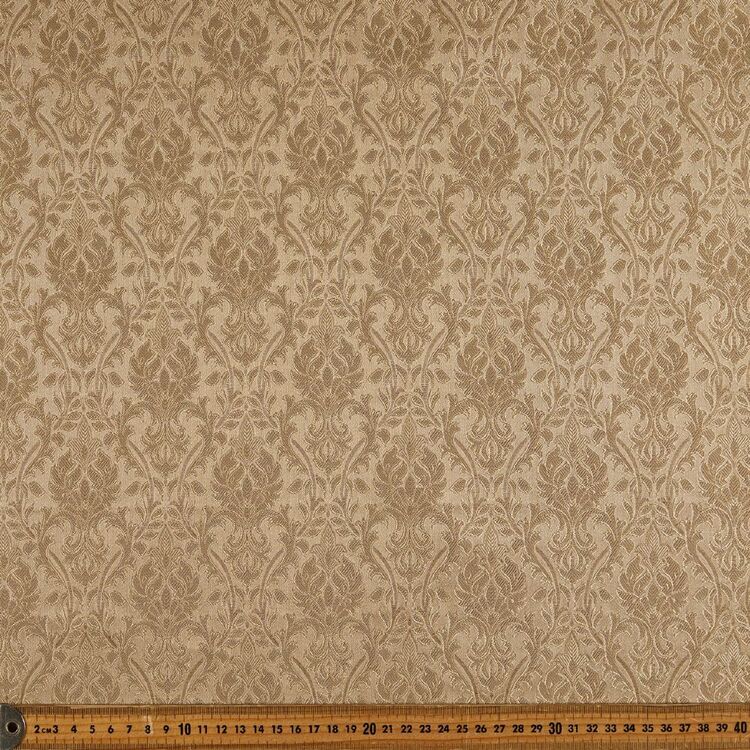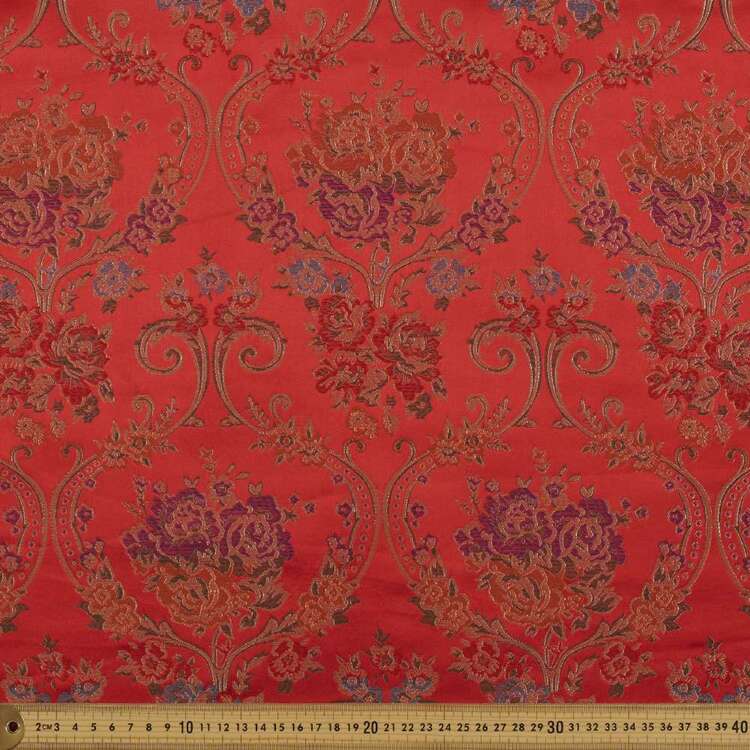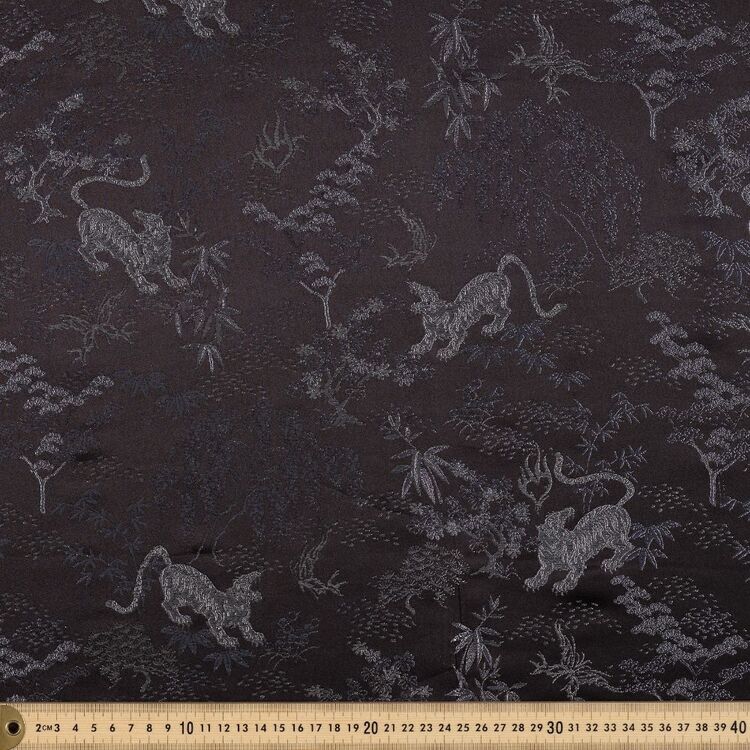 | ||
| Your browser is not supported. | ||
|
Please browse our site using any of the following options:
| ||
Sewing & Fabrics
Shop the best sewing supplies & fabrics online at Spotlight. Discover a massive range of sewing equipment & sewing fabrics to make your project come to life!
40 items found.
The Ultimate Guide To Modern Sewing Fabrics
When you start sewing, you will encounter a lot of different fabrics you could potentially use. Of course, these fabrics all have their own characteristics and benefits, so you will quickly learn what works for your projects and what doesn't. To avoid problems during fabric selection, here are the main things you need to remember while you choose fabrics.
What Is The Difference Between Natural And Synthetic Fabrics?
Natural fabrics are made from natural materials such as cotton, silk, wool and linen. Synthetic materials are manmade, so manufacturers use a chemical process to produce fabrics such as nylon, polyester and spandex.
There are many advantages to natural fabrics - this includes high breathability and comfort. However, natural fabrics can shrink in the wash and may not be the most colourfast options out there. So, if you are working with a natural fabric for your project, always make sure you prewash it to avoid shrinking after your project is completed.
Synthetic materials tend to be more affordable compared to natural fibres. In most cases, they are also more durable, colourfast and resistant to shrinking. On the flipside, they can be less comfortable and breathable.
To benefit from both fabric types, many manufacturers now combine synthetic and natural fibres in the same fabric. This type of fabric is referred to as a blend.
What Is Fabrication?
A term you may hear among fellow crafters is fabrication. Fabrication is basically a term used to refer to the way your fabric is made. The manufacturer will always start with a fabric fibre, but the production method determines the kind of fabric it will be. These are some of the most common types of fabrication and their characteristics.
Woven: Weaving is one of the most common methods used during the production of fabrics. During this process, the manufacturer will weave fabric fibres together to form a cloth. They are made with so-called warp and weft threads, which interlock with one another.
There are many fabrics that are classified as woven. It may include fabrics such as poplin, quilting cotton, and even denim. These woven fabrics tend to be quite durable as the fibres are interlocked. So, if durability is what you are looking for, a woven fabric will be the best option.
Knitted: Fabrics can also be knitted. Contrary to woven fabrics that uses a warp and a weft thread, a knitted fabric only uses one thread to make the knitted fabric. Using only one thread provides other benefits than woven fabric. While it may not be as durable, it does provide more stretch and breathability.
Knitted fabrics are just as common as woven fabrics. Common options include jersey fabric, interlock, ribbing and fleece. Naturally, these materials are also known for their superior softness. So, knitted fabric is certainly suitable for anyone who needs more comfort for their project.
Non-woven: Manufacturers can also produce fabrics through a special process, which makes the fabric fibres bond together. Processes used to create these non-woven fabrics can be chemical or mechanical in nature. A common example of a fabric that is non-woven is felt.
What Are The Easiest Sewing Fabrics For Beginners?
As a beginner, you will find that certain fabrics are easier to work with than others. Since certain fabrics are difficult to work with, it is essential to start with something easy so you can master your sewing skills.
One of Spotlight's recommendations for beginners is a woven fabric. The reason for that is the finish. Woven fabrics do not need a special treatment or a special seam finish. In other words, it enables you to test your basic sewing skills before you start moving to things that are more complicated.
Spotlight also recommends using a fabric that is somewhat darker in colour. It is very easy to make a stitching mistake if you are a beginner, and darker fabrics can easily hide this problem. Once you have your stitching under control, you can start experimenting with lighter fabrics and thread.
If you do want something with a little more stretch, you can still use a double knit or interlock fabric. While they do not provide the most stretch out of all the fabrics out there, they do provide a little. Remember, the more stretch you are working with, the harder it will be to sew.
Buy Your Sewing Fabrics For A More Affordable Price At Spotlight
Sewing fabrics can be quite expensive, especially for beginners who usually need a large amount of it. Fortunately, new and existing crafters can count on Spotlight. The Spotlight catalogue contains a large range of sewing fabrics. This includes all the sewing fabric types we mentioned above. So, why not get your sewing fabrics at Spotlight and benefit from some amazing deals at the same time?




